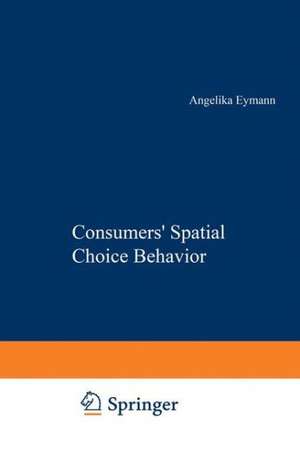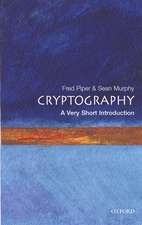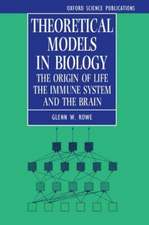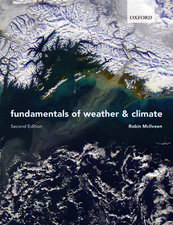Consumers’ Spatial Choice Behavior: International Economics and Institutions
Autor Angelika Eymannen Limba Engleză Paperback – 10 mar 1995
Preț: 390.84 lei
Nou
Puncte Express: 586
Preț estimativ în valută:
74.79€ • 79.97$ • 62.36£
74.79€ • 79.97$ • 62.36£
Carte tipărită la comandă
Livrare economică 18 aprilie-02 mai
Preluare comenzi: 021 569.72.76
Specificații
ISBN-13: 9783790808520
ISBN-10: 3790808520
Pagini: 208
Ilustrații: XII, 192 p.
Dimensiuni: 210 x 279 x 11 mm
Greutate: 0.48 kg
Ediția:Softcover reprint of the original 1st ed. 1995
Editura: Physica-Verlag HD
Colecția Physica
Seria International Economics and Institutions
Locul publicării:Heidelberg, Germany
ISBN-10: 3790808520
Pagini: 208
Ilustrații: XII, 192 p.
Dimensiuni: 210 x 279 x 11 mm
Greutate: 0.48 kg
Ediția:Softcover reprint of the original 1st ed. 1995
Editura: Physica-Verlag HD
Colecția Physica
Seria International Economics and Institutions
Locul publicării:Heidelberg, Germany
Public țintă
ResearchCuprins
1 Introduction.- 2 Microeconomic Essentials.- 2.1 The Standard Neoclassical Model.- 2.2 Household Production Models.- 2.3 Are goods what are thought of as goods?.- 2.4 Zero Consumption.- 2.5 Households.- 3 Microeconometric Modeling.- 3.1 Discrete Choice Models.- 3.2 Alternative Model Specifications.- 3.3 Judging the Quality of Model Specifications.- 3.4 Discrete-Continuous Choice Models.- 3.5 The Generation of Choice Sets.- 3.6 Spatial Choice Models.- 3.7 Predicting Unobservable Prices.- 4 An Empirical Analysis of Tourism Demand.- 4.1 The Role of the Tourist Industry.- 4.2 Microeconomic Models of Tourists’ Behavior.- 4.3 The Choice Set of Tourists.- 4.4 Microeconometric Models of Tourists’ Demand.- 4.5 Empirical Results.- 5 Concluding Remarks.- A Details to the Empirical Applications.- A.1 Data Sources.- A.2 Explanations to the Tables.














